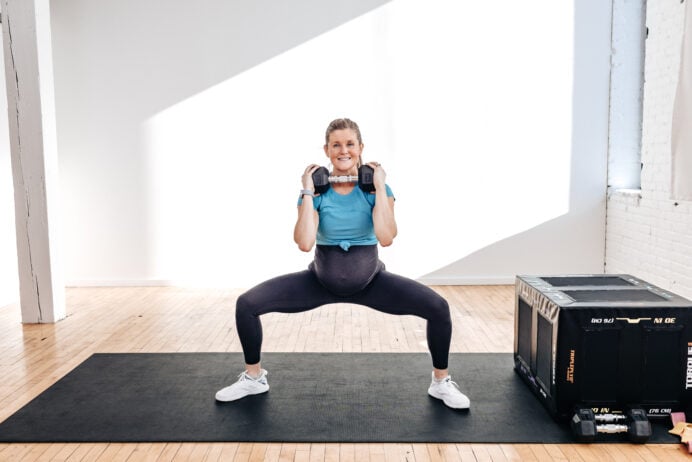
30-Minute Glute and Hamstring Supersets (Overload 30 Day 8)
As a fitness trainer, I love incorporating glute and hamstring-focused workouts into a well-structured progressive overload program. These two lower body muscles power my running stride and they are essential to supporting my pelvis and posture.
This is DAY EIGHT of my Overload 30 Program.
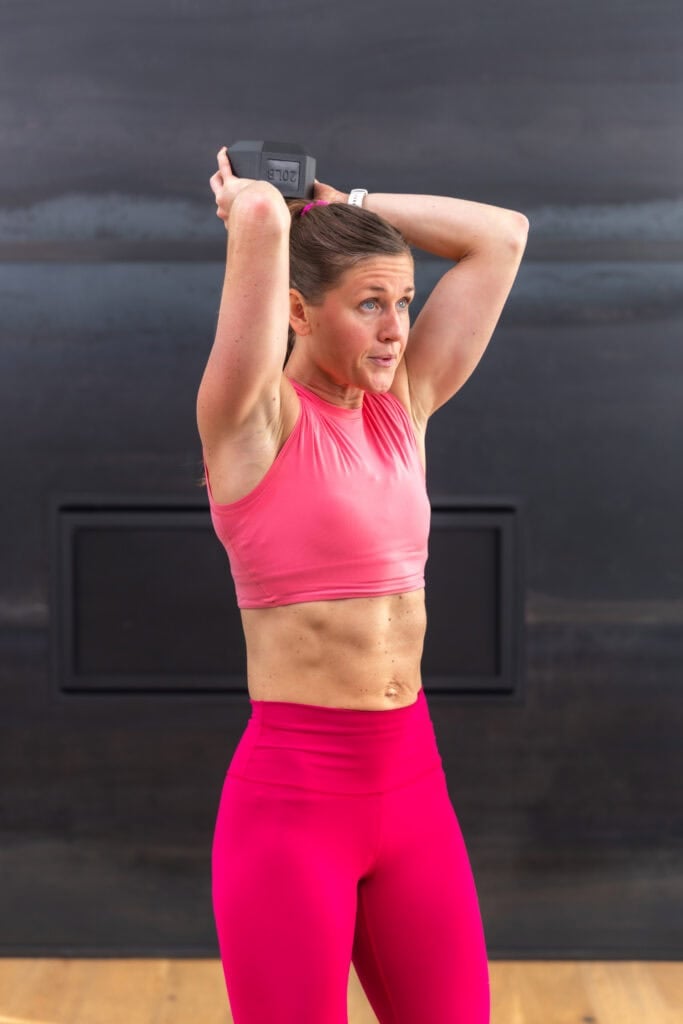
LET’S GET STARTED
Download Your FREE Workout Plan Here
Day eight of my 2-Week Overload 30 Program is leg day, focusing on the posterior chain: the glutes and hamstrings.
I noticed a major difference in muscle definition and strength in my lower body when I started training glutes and hamstrings in a superset format — pairing two targeted exercises back-to-back.
By progressively increasing the weight, reps, and time under tension, I’m able to gradually increase the stress placed on my muscles to improve strength, endurance, and overall performance.
I also include lower body exercises like sumo deadlifts, hamstring curls, Bulgarian lunges and swings to engage multiple muscles at once.
To maximize your time and strength gains, this workout uses polarized strength and HIIT training — meaning strength and cardio are kept separate rather than blended together. This approach allows you to go all-in on your lifts and truly challenge your muscles, then push yourself in an all out 2-minute HIIT finisher.
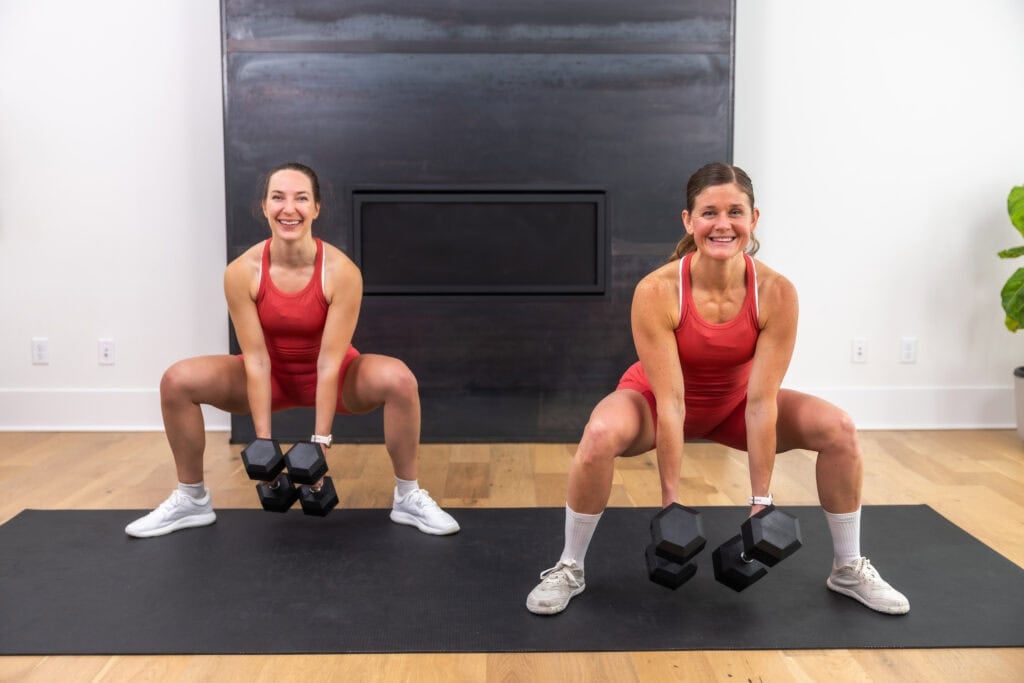
Workout Overview
Build strength in the glute and hamstrings with these dumbbell lower body exercises.
I recommend warming up with hip mobility exercises to improve range of motion and make your squats and lunges more effective.
I suggest doing this hamstring and glute workout once a week as part of a well-rounded workout routine.
Workout Equipment:
Medium to Heavy Set of Dumbbells. I’m using 20-30 lbs. Option to add a box/bench.
Workout Instructions:
Follow along with the guided Glute and Hamstring Workout on YouTube, led by me — your certified personal trainer, Lindsey Bomgren.
Your Workout Looks Like This:
- 2 Super Set Circuits (2-3 exercises per circuit)
- Timed Intervals (40 seconds work, 20 seconds rest)
- Repeat Each Circuit x3 Sets
- Start with a 1-minute buy in exercise and end with a 2-minute HIIT finisher
Workout Outline
1-MINUTE BUY IN:
SUPER SET ONE:
SUPER SET TWO:
HIIT FINISHER:
- Box Jumps to Single Leg Land
- Dumbbell Swings
1. Sumo Deadlift
Targets: Legs, glutes, hamstrings back (posterior chain) and inner thighs.
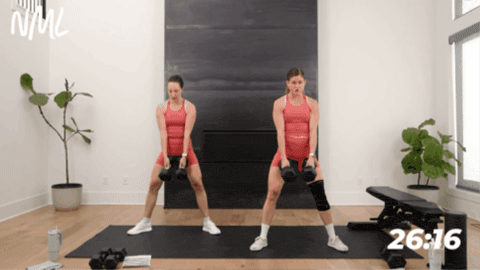
How To Do A Sumo Deadlift
- Stand with feet wider than hips (sumo squat stance, heels slightly in, toes slightly out).
- Hold one dumbbell in each hand between your legs; palms facing in toward each other.
- Hinge your hips back as you lower the dumbbells in a straight line towards the ground. Think about pushing your hips and butt back towards the wall behind you as you glide the dumbbells down towards the mat.
- Then drive through your heels to push your hips forward, pulling the dumbbells back up towards your hips as you stand tall to return to the start of the movement.
2. Sumo Deadlift and Clean Squat
Targets: Legs, hamstrings, hips, glutes, quads, outer glutes, inner thighs, abs and core.
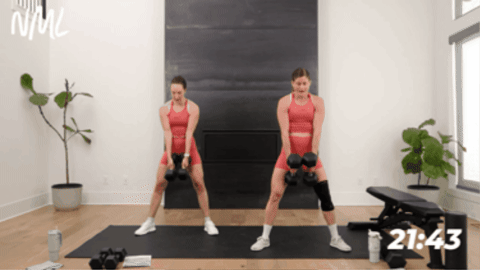
How To Do A Sumo Deadlift and Clean Squat
- Stand with feet wider than hips, heels in and toes pointed out (sumo squat stance). Hold a dumbbell in each hand.
- Perform a sumo deadlift. With a soft bend in the knees, hinge at your hips to bring your torso parallel to the ground; lowering the dumbbells along the front side of your body.
- Drive through your heels to stand up, returning to the starting position.
- As you press your hips forward to stand up, “clean” the dumbbells up towards your shoulders.
- Hold this front rack position as you bend your knees to lower down into a sumo squat, pushing your knees out towards your pinky toes as you drop your hips parallel to your knees.
- Drive through the heels to stand up, returning to the starting position and repeat this sequence for the timed interval.
3. Rear-Foot Elevated Deadlift
Targets: Hamstrings, gluteus maximus and core.
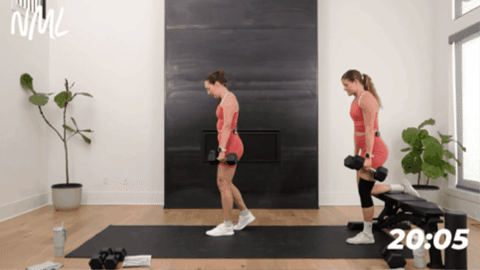
How To Do A Rear-Foot Elevated Deadlift
- Start standing in front of a bench or chair, holding a dumbbell in each hand. Place your left foot behind you on the bench, shoelaces down.
- Keeping hips square, press your glutes back towards the wall behind you, hinging at the hips and gliding the dumbbell down your front leg until you feel a stretch along the back of your right leg. Range of motion will be different for everyone.
- Exhale as you press through your front heel and stand tall, returning to starting position.
Modification: Perform a staggered deadlift with both feet flat on the floor, feet shoulder width apart. Keep 80% of your weight in your front heel and 20% in your back toe.
4. Bulgarian Split Squat
Targets: Legs, glutes, quads, hamstrings, hips and core.

How To Do A Bulgarian Split Squat
- Kneel in front of your bench or chair, then place your left foot behind you on a chair or bench, shoelaces down. Hold a set of dumbbells at your sides, palms facing in.
- Step your right foot forward (it will vary for everyone, but a little over a foot in front of your bench). Your front thigh will be parallel to the floor. This is the bottom of your movement.
- Drive through your front right heel, squeezing your right glute to return to standing. Feel your front glute engage to power the movement.
- With control, bend your knee to lower down back to the starting position (back left knee should lower down close to the ground), to make your front thigh parallel with the ground. Shoulders remain stacked over hips throughout the movement.
Modification: Perform a standard reverse lunge or split squat, keeping your back foot on the ground rather than elevating it on a chair.
5. Deadlift Clean and Knee Drive Onto Bench
Targets: Legs, glutes, hamstrings, hips, quads, core and low back muscles.

How To Do A Deadlift Clean and Knee Drive Onto Bench
- Stand with feet hip-width apart, knees slightly bent. Hold one dumbbell in each hand.
- Perform a deadlift by hinging at the hips, pushing your hips back towards the wall behind you as you glide the dumbbells down the front of your legs; core tight. Range of motion will be different for everyone.
- Then, drive your hips forward to stand tall. As you stand, clean the dumbbell up to your chest.
- With the dumbbell at your chest, lift your right knee and step your right foot onto a bench in front of you, driving your knee up powerfully before planting your foot.
- Step back down with control and repeat, alternating legs.
Modification: Perform a deadlift clean and knee drive rather than placing your foot onto a bench.
6. Hamstring Curls
Targets: Glutes (gluteus medius) and hamstrings.
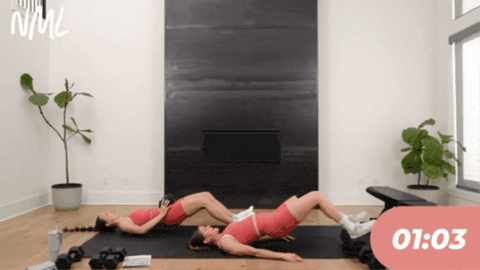
How To Do Hamstring Curls
- Lie flat on your back, placing your heels on the top of a foam roller (or stability ball), toes pointing up towards the ceiling. Inhale to brace your core, then squeeze your glutes to lift your hips off the ground.
- Exhale as you slowly pull your heels in towards your hips, bending your knees and contracting your hamstrings to move the foam roller towards your glutes. Toes move from pointing towards the ceiling to facing the opposite wall (heels flat on the foam roller). Focus on keeping your hips even.
- With control, reverse the movement to roll the foam roller away from your body, lengthening through the backs of your legs. Keep your hips elevated through the entire movement.
Modification: Perform a hamstring glute bridge with one dumbbell placed on your hips.
7. Dumbbell Swings
Targets: Glutes, hamstrings, hips, core, and all the stabilizing muscles in your back and shoulders.
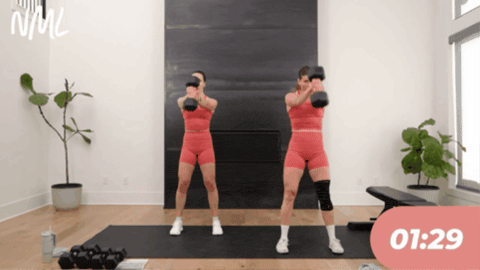
How To Do Dumbbell Swings
- Stand with your feet wider than shoulder-width apart, holding a single dumbbell vertically between your hands.
- With a slight bend in your knees and weight in your heels, ‘hike’ the dumbbell back between your legs to start the swing movement.
- Drive through your heels to stand tall, pushing your hips forward as you squeeze your glutes to swing the dumbbell up. Aim for shoulder height, with arms extended out away from the body. Think long, loose arms (your arms are just a vehicle for moving the weight, your hips and glutes generate the power).
- As the dumbbell begins to descend, think of catching the weight with a hip hinge, loading the glutes and hamstrings.
FAQs
The glutes and hamstrings are the two largest muscle groups in the lower body, and they work together. The hamstring muscles assist the glutes to push the body forward as you run (acceleration); and the hamstrings are important for deceleration too as they help you stop and change directions.
Supersets are efficient. Personal trainers use superset workouts to increase the intensity of workouts by overloading a muscle group. Pairing two exercises consecutively increases the time under tension (or the amount of work that your muscles have to do) AND reduces rest time. This is beneficial for increasing muscular hypertrophy and endurance (in a short amount of time).
Overload 30: FREE 2-Week Progressive Overload Workout Plan
A 2-week progressive overload workout program designed to build muscle in 30 minutes a day.
If you liked these glute and hamstring exercises, download the FREE 2-Week Progressive Overload Workout Plan.
Up Next:
See AllPin This Workout: Glute and Hamstring Supersets
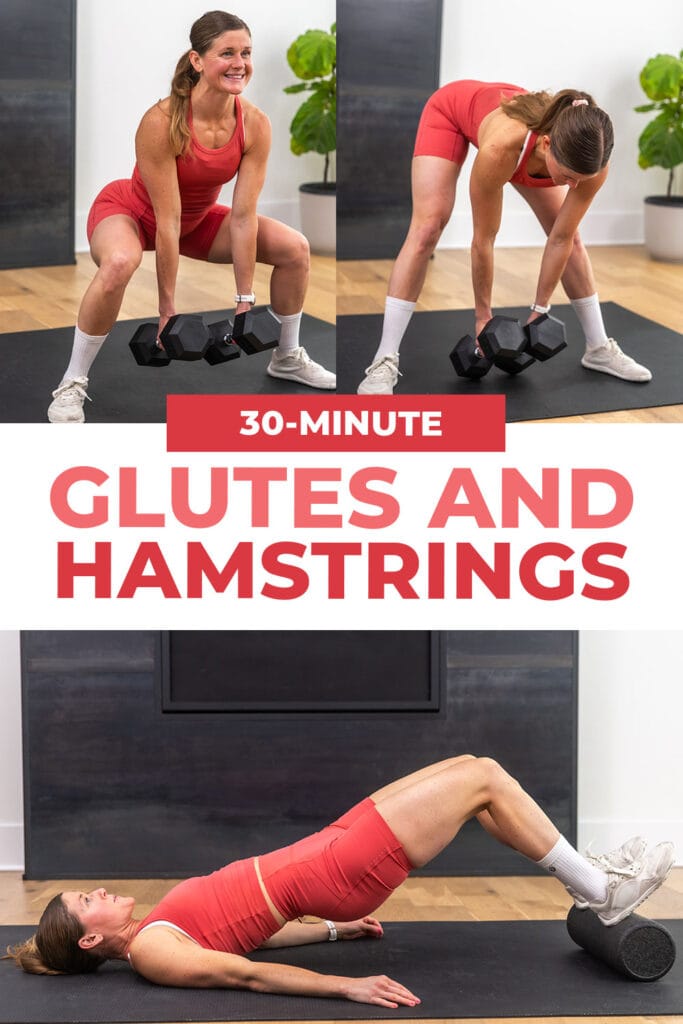










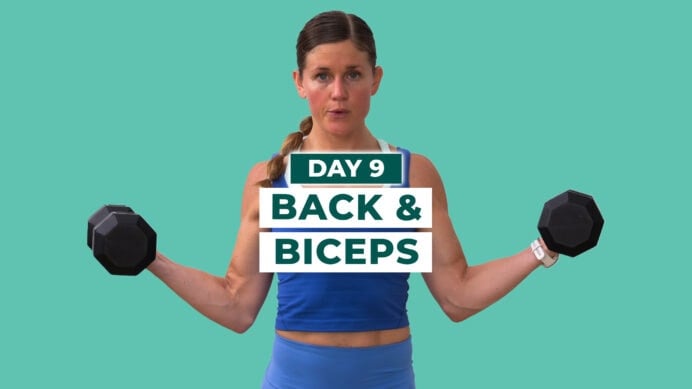
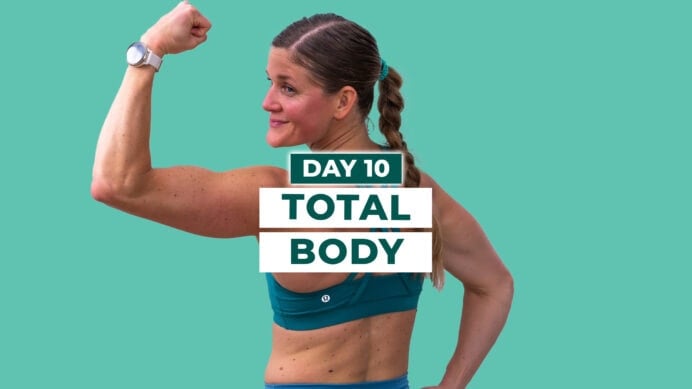
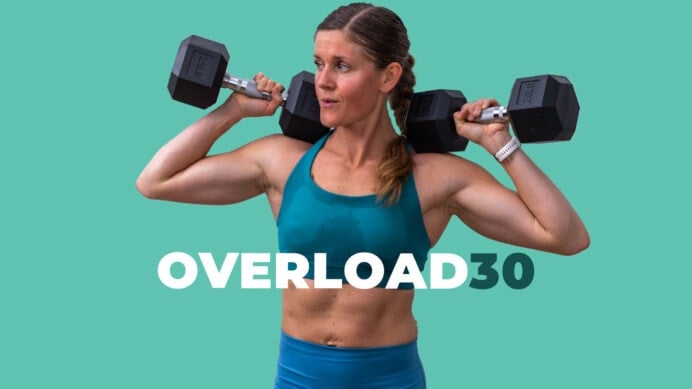
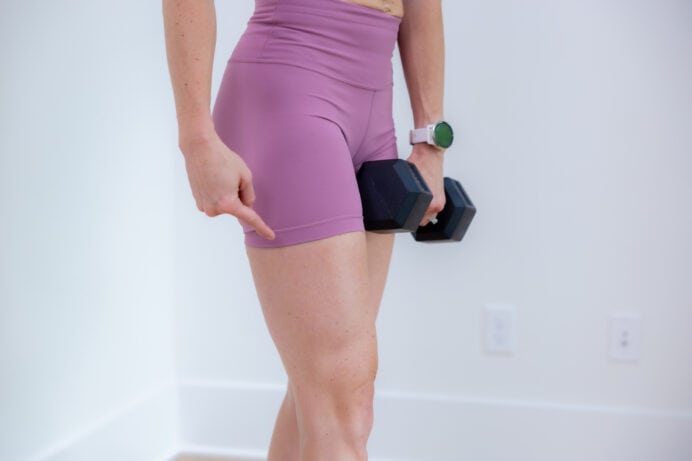
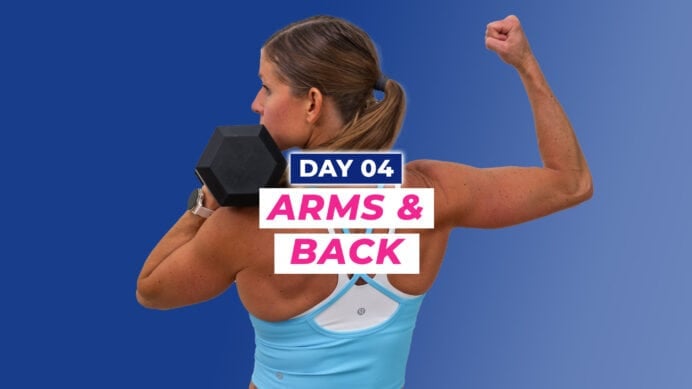
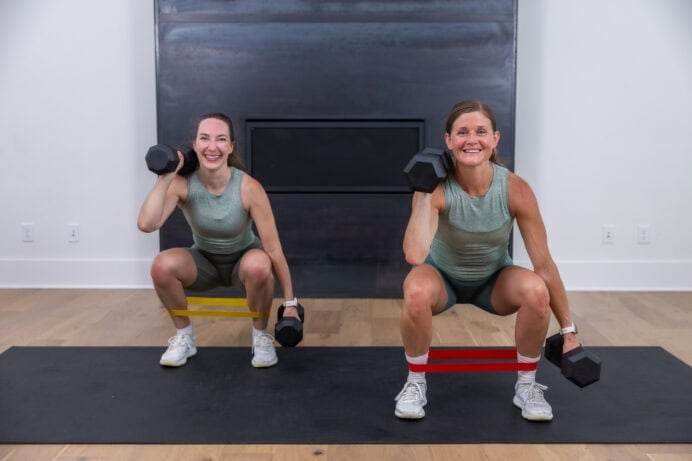
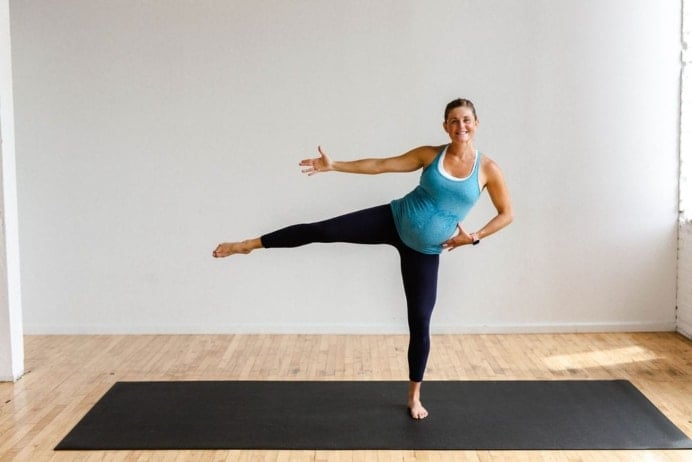
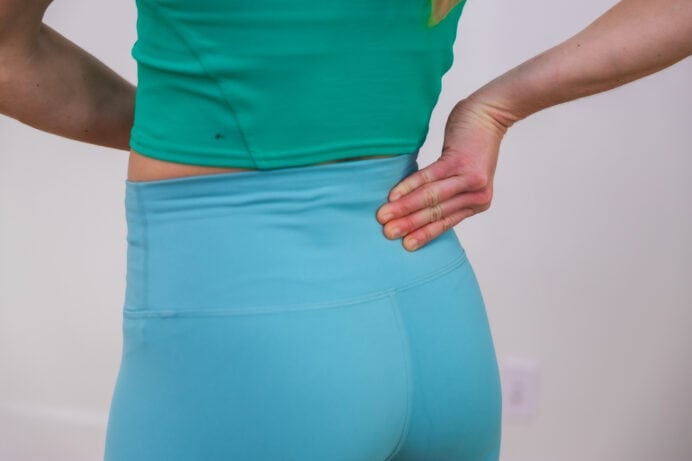
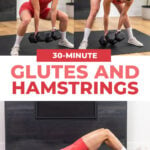
Can you repeat this program for another ten days, once you finish the finish the first 10 days. For example take a two day rest and start all over?
Hi Janis! Yes, you can absolutely repeat this program. In fact, I’d encourage it! Repeating a program is a great way to measure progress. I’d take a couple rest days and then start again! -Lindsey
This is round two of this program and I did 50lb Bulgarian lunges today for the first time ever! You’re right Lindsey you don’t know until you try. (I’m sure I’ll feel it tomorrow though lol)
Candice!! That is AMAZING! Way to reach for those heavy weights and absolutely crush it. I’m so proud of you! Keep up the incredible work! -Lindsey
I love this program, including the length. I also like that the workout is 30 minutes. The warmup and cool down aren’t the workout, so I am always bummed when a 30 minute workout is really 20 with a 5 minute warmup and a 5 minute cool down. That doesn’t really leave much time for the actual work. This program is genuinely long enough to feel the fatigue. I love the buy-in move as well as the HIIT finisher. They are the perfect extras to keep it both interesting and challenging. Finishing with a few minutes of cardio makes the program soooo much better. Thank you again!
Glad to hear you’re enjoying the new program, Shelby! Keep up the great work! -Lindsey